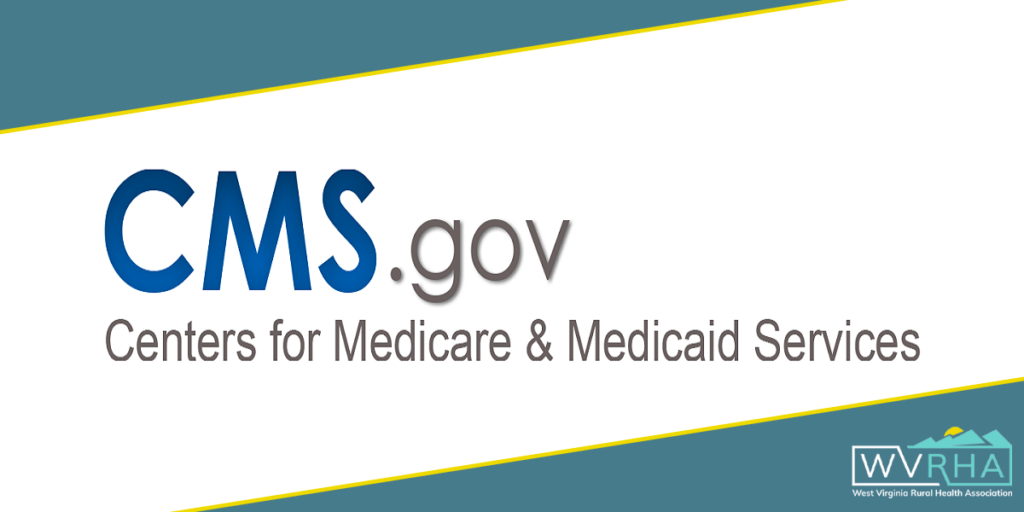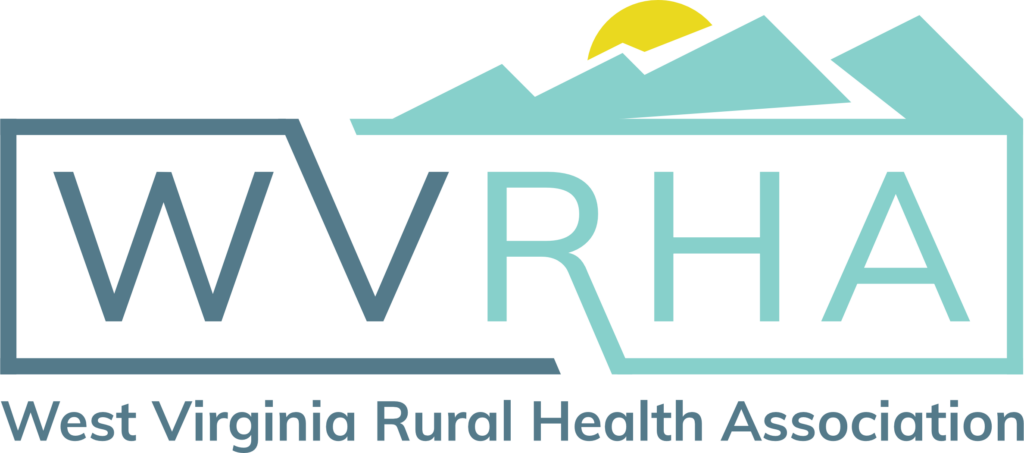
Direct Graduate Medical Education (DGME) Residency Positions Available
Direct Graduate Medical Education (DGME)
Section 1886(h) of the Act, as added by section 9202 of the Consolidated Omnibus Budget Reconciliation Act (COBRA) of 1985 (Pub. L. 99-272) and implemented in regulations at existing §§413.75 through 413.83, establish a methodology for determining payments to hospitals for the costs of approved graduate medical education (GME) programs. Section 1886(h)(2) of the Act, as added by COBRA, sets forth a payment methodology for the determination of a hospital-specific, base-period per resident amount (PRA) that is calculated by dividing a hospital’s allowable costs of GME for a base period by its number of residents in the base period. The base period is, for most hospitals, the hospital’s cost reporting period beginning in FY 1984 (that is, the period of beginning between October 1, 1983, through September 30, 1984). Medicare direct GME payments are calculated by multiplying the PRA times the weighted number of full-time equivalent (FTE) residents working in all areas of the hospital (and non-hospital sites, when applicable), and the hospital’s Medicare share of total inpatient days.
Section 1886(h)(4)(F) of the Act established limits on the number of allopathic and osteopathic residents that hospitals may count for purposes of calculating direct GME payments. For most hospitals, the limits were the number of allopathic and osteopathic FTE residents training in the hospital’s most recent cost reporting period ending on or before December 31, 1996.
Prior to July 1, 2010, under section 1886(h)(4)(E) of the Act, a hospital could count residents training in nonprovider settings for direct GME purposes (and under section 1886(d)(5)(B)(iv) of the Act, for indirect medical education (IME) purposes), if the residents spent their time in patient care activities and if “. . . the hospital incurs all, or substantially all, of the costs for the training program in that setting.” The implementing regulations, first at §413.86(f)(3), effective July 1, 1987, and later at §413.86(f)(4) (redesignated as §413.78(d)) , effective January 1, 1999, required that, in addition to incurring all or substantially all of the costs of the program at the nonprovider setting, there must have been a written agreement between the hospital and the nonprovider site (in place prior to the time the hospital began to count the residents training in the non-provider site) stating that the hospital would incur all or substantially all of the costs of training in the nonprovider setting. The regulations further specified that the written agreement must have indicated the amount of compensation provided by the hospital to the nonprovider site for supervisory teaching activities. Effective October 1, 2004, the hospital must have either had a written agreement with the nonprovider setting, or, as described in the regulations at §413.78(e), paid for all or substantially all of the costs, concurrent with the training in the nonprovider setting. Effective for cost reporting periods beginning on or after July 1, 2007 and before July 1, 2010, “all or substantially all of the costs for the training program” in the nonprovider setting is defined as at least 90 percent of the total of the costs of the residents’ salaries and fringe benefits (including travel and lodging where applicable) and the portion of the cost of teaching physician’s salaries attributable to nonpatient care direct GME activities.
The Affordable Care Act amended section 1886(h)(4)(E) of the Act for direct GME purposes (and section 1886(d)(5)(B)(iv) of the Act for IME purposes), effective July 1, 2010, to allow a hospital to count residents training in nonprovider settings if the residents are engaged in patient care activities and if the hospital incurs the costs of the stipends and fringe benefits of the resident during the time the residents spend in that setting. In addition, effective July 1, 2009, for direct GME purposes only, the time residents spend in certain nonpatient care activities that occur in a nonprovider setting that is primarily engaged in furnishing patient care may also be counted. For IME purposes, residents training in nonprovider settings must spend their time in patient care activities in order to be counted. The implementing regulations at §413.78(g) for direct GME and at §412.105(f)(1)(ii)(E) for IME require that the hospital must either have a written agreement with the nonprovider setting, or the hospital must pay for the costs of the stipends and fringe benefits of the residents concurrently during the time the residents spends in that setting.

